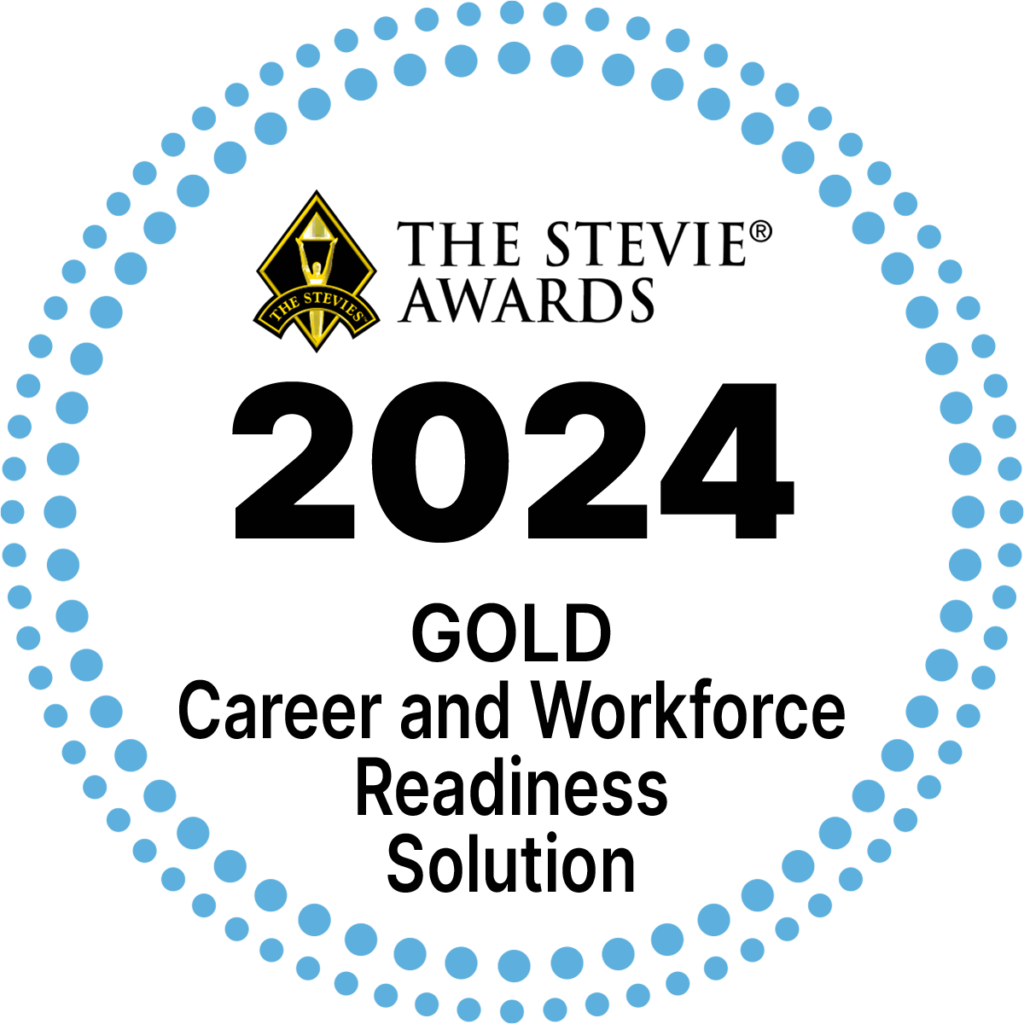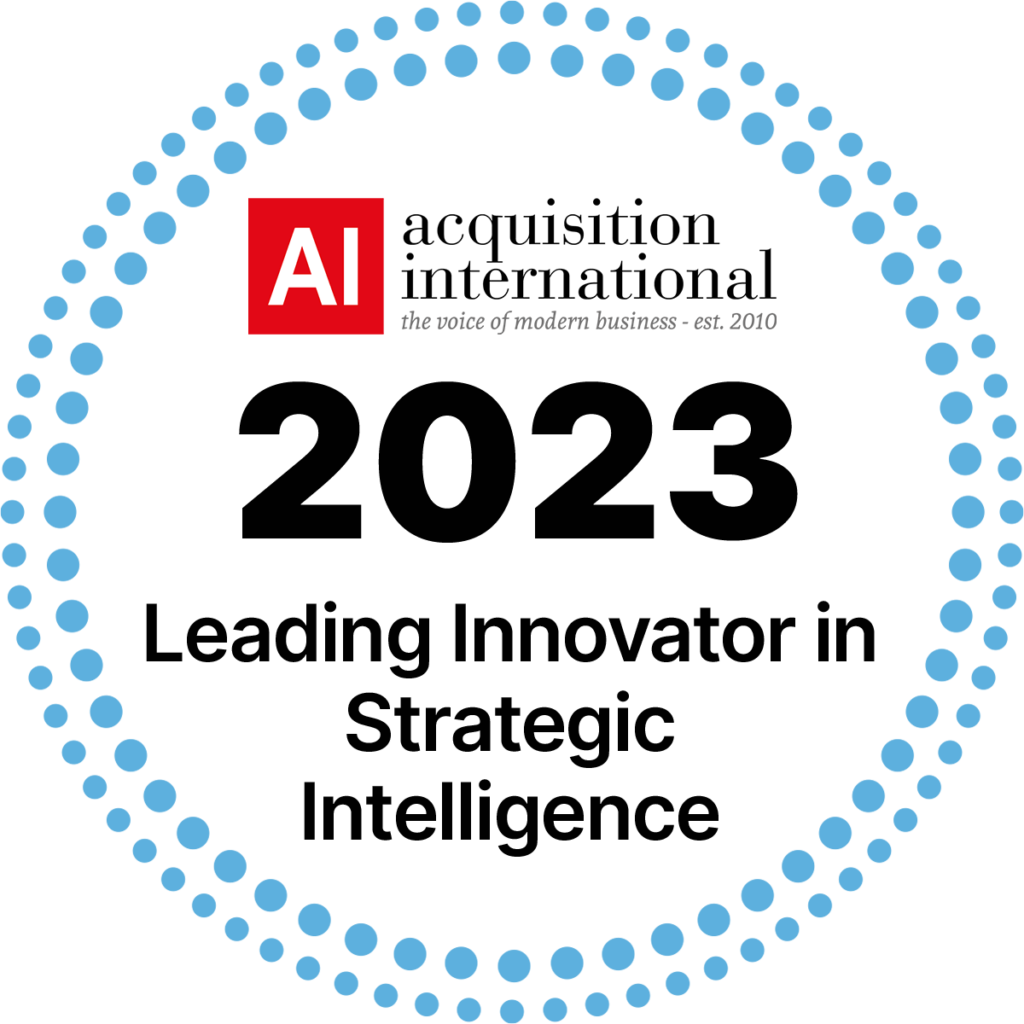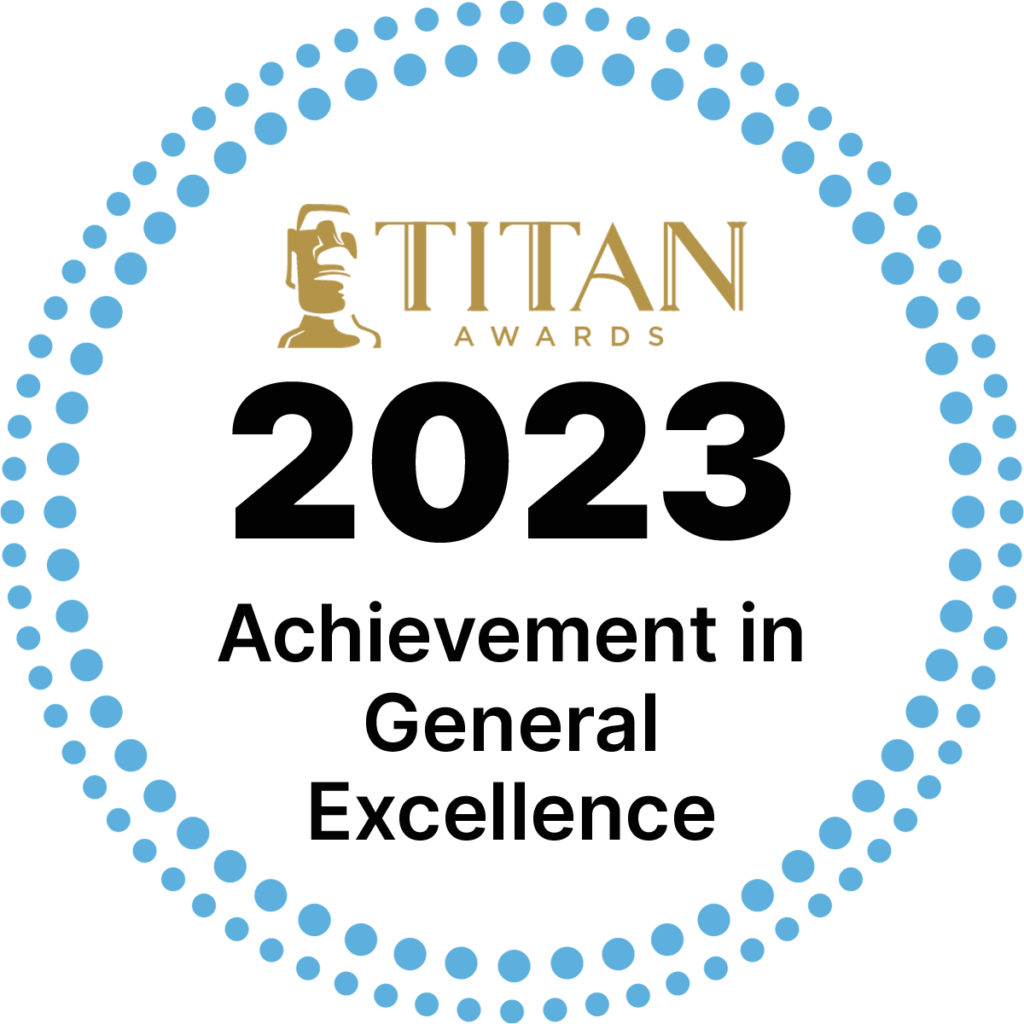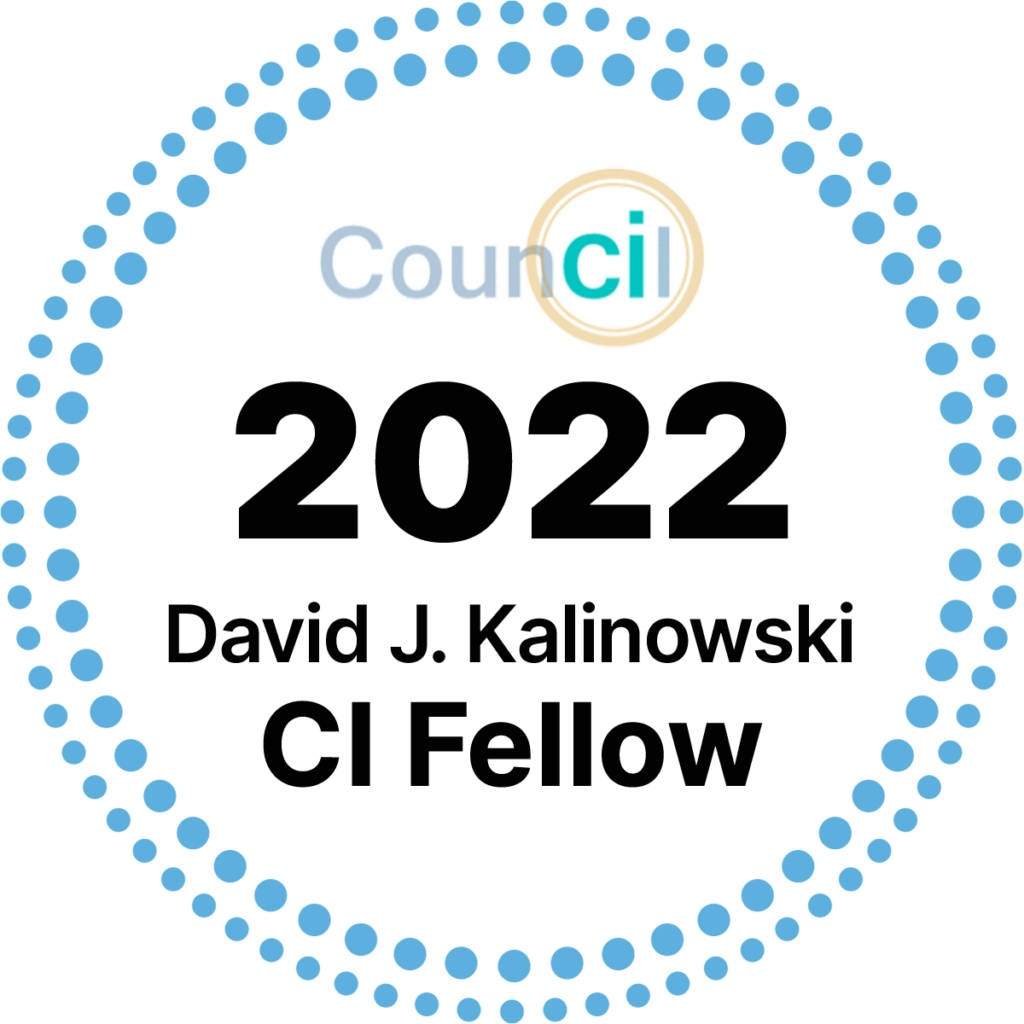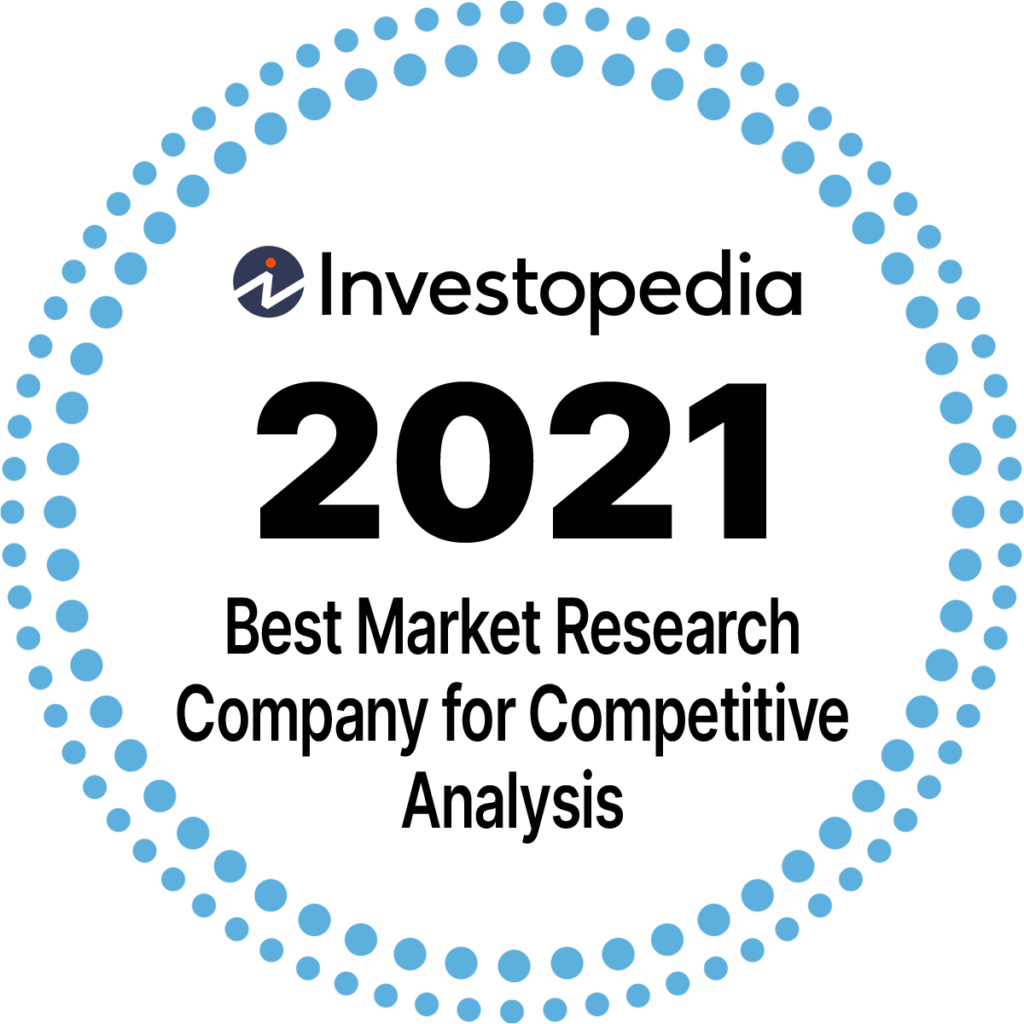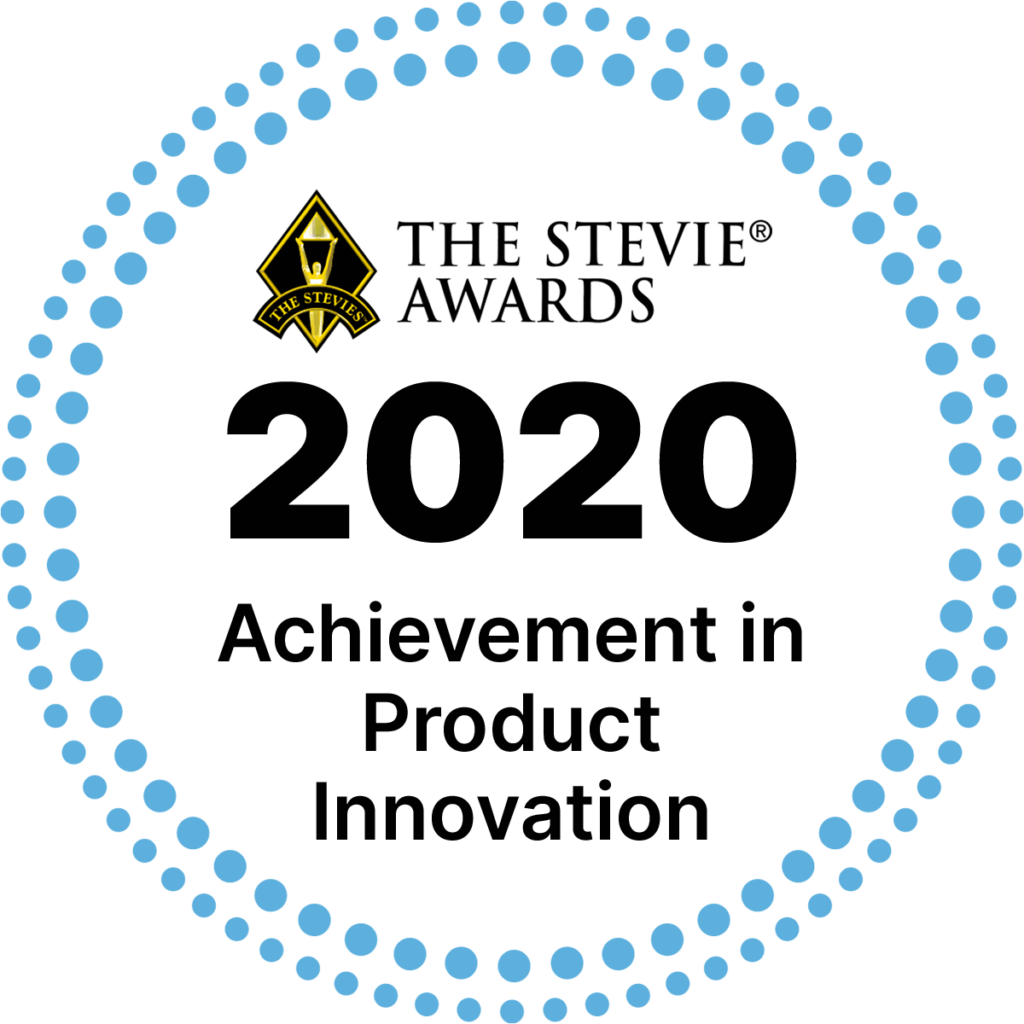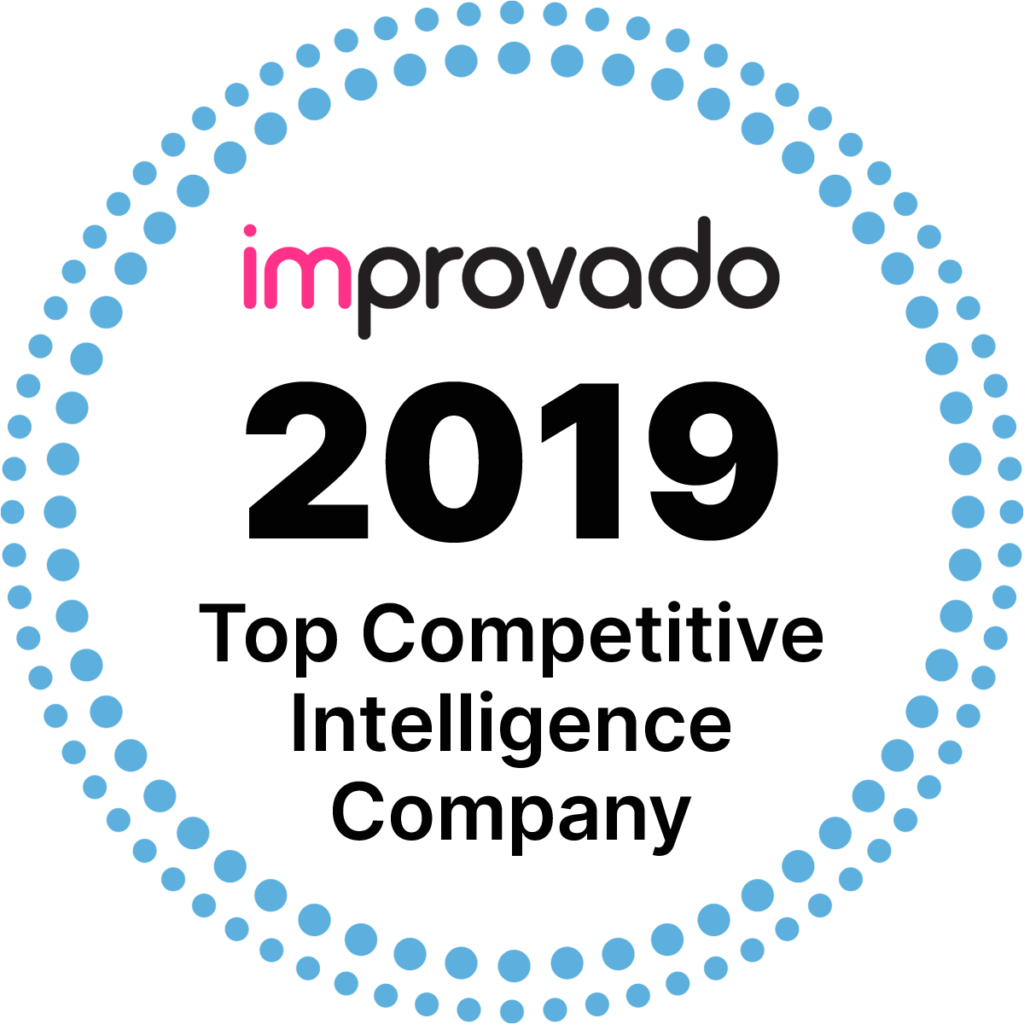Published: October 4, 2016
We all love success, don’t we? For 23 years we have dedicated our careers to the competitive intelligence (CI) field. During that time we have observed CI professionals around the world. We’ve seen some who have advanced, and others who have failed. The same holds true for the CI function itself, whether it operates in a small, privately-held company or a multi-national group. Having worked with over 200 of the world’s largest and most respected companies, as well as dozens of others that desire to be among the leaders of their industry, we’ve been able to observe characteristics that are prevalent in people and organizations that demonstrate CI success.
Since we all like to hear the success formulas of others, we thought we would share some of what we have picked up over the last two decades from the diverse CI practitioners in the 50-plus countries in which our firm has conducted CI work.
1. Develop a comprehensive business plan.
Most of us have heard the staying, “plan your work and work your plan.” However, our long-time CI experience has repeatedly shown that very few CI professionals actually create a robust business plan for their unit. A successful CI function must start with a solid business plan. One of the primary reasons CI functions fail is inadequate planning. CI managers need to be sure to develop a well-conceived plan that describes the vision for the CI unit and the path to take to achieve it.
2. Focus on KITs.
If you have been in CI for, well, more than a day, you ought to be familiar with the concept of Key Intelligence Topics (KITs) that our friend Jan Herring adapted into the business world from the National Intelligence Topics used in the CIA. The implementation of a successful CI function depends on understanding executives’ strategic, early warning and key player KITs. Knowing what decisions they have to make over the next 12-18 months, what they never want to be surprised about, and who among the industry influencers (customers, suppliers, competitors, regulators, etc.) they want to monitor is essential for long-term sustainability of the CI function. If you have not conducted a needs assessment (either internally or with the assistance of an outside firm), I’d be concerned. Sure, your CI function may limp along for one, two, or even three years just responding to information requests, but this will likely not result in the long-term success of your program. There’s always a place for responding to internal results, but if you want to build a legacy CI function, you must predominantly focus on KITs.
3. Create a structure that meets client needs.
Sure, it would be great to have your CI unit housed in the strategy department, but in the end, where CI resides is not as important as many may think. We have worked with CI managers who are located in the sales group as well as in the marketing, market research, operations, finance, supply chain, and other departments. In the end, what matters is that the structure you have in place meets the needs of your CI users and stakeholders. Whether the function is decentralized, centralized or a hybrid should be driven by the KITs you largely address and the primary executives you serve, regardless of where you sit. Knowing whether you should have a hub and spoke framework or operate a CI clearinghouse cannot be determined until you thoroughly assess what the organization’s CI needs. Then you can create the appropriate CI structure with requisite staff and resources.
4. Hire, train and retain the right people.
For anyone who has been responsible for hiring a CI professional, you know I speak the truth when I say it isn’t easy. Whether you seek a researcher, analyst, project manager, CI unit leader or some other related position, CI is not for everyone. Hence it can be challenging to find the right team members. We would encourage you to hire slow, fire fast. After hiring someone you think is the right person, coach/train them, and find that they are not producing as expected, please don’t take the approach that you hope it will still work out. Your function doesn’t have the luxury to wait and see. On the flip side, when you find the CI stars, do all you can to retain them. This doesn’t always involve throwing money at them; many times, simply providing opportunities for professional development and exposure to new challenges will suffice. But whatever you do, don’t shift your attention away from them. Stay focused on your A performers. We wouldn’t recommend spending too much time trying to turn a C performer into a B, because while you are spending time doing that, you are at risk for losing your top performers.

